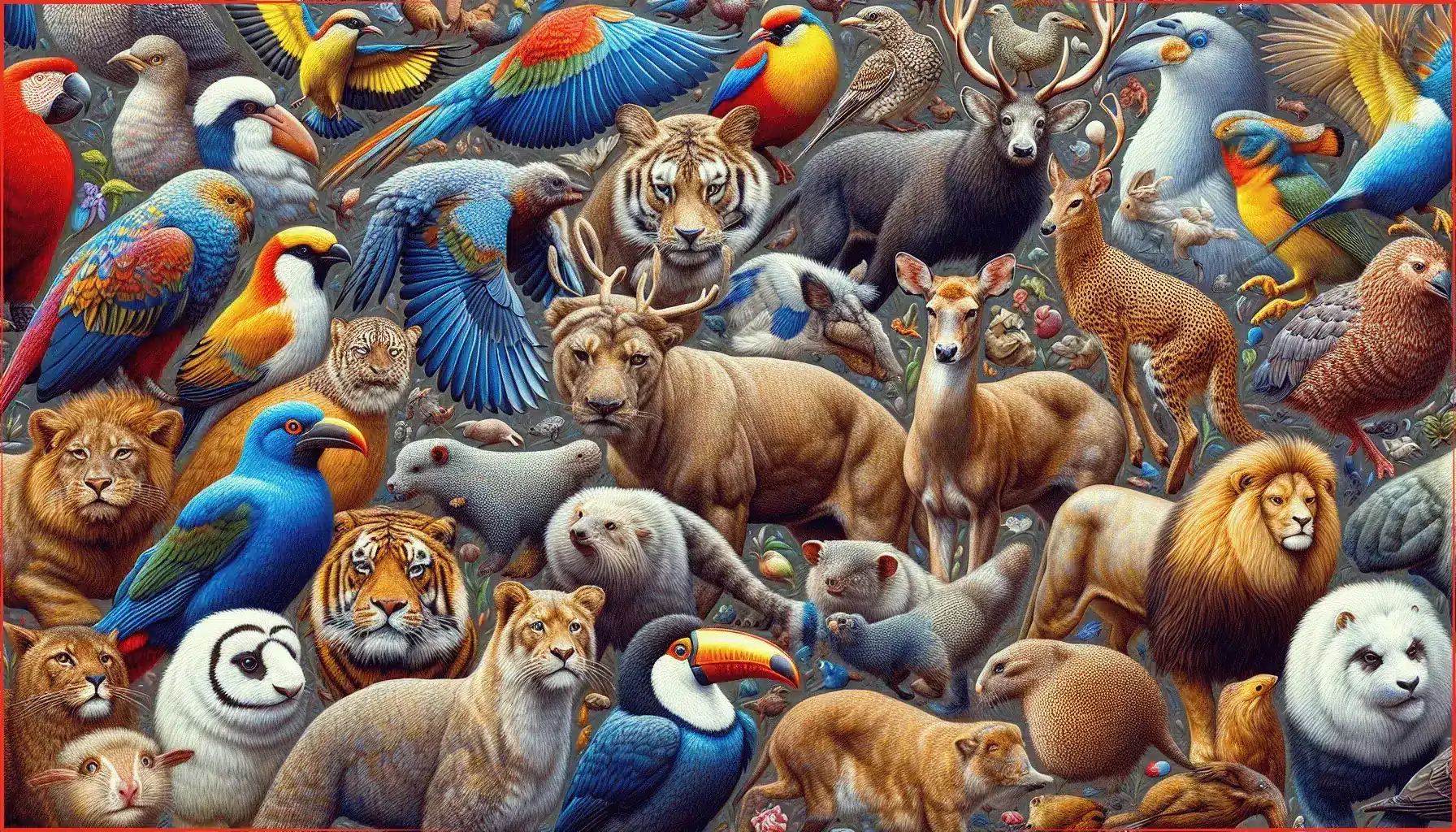ADVERTISEMENT

~ Similarities between birds and mammals
Although birds and mammals belong to two different classes of animals, there are some surprising similarities between them. These similarities can be found in various aspects of their physiology, behavior, and evolutionary history. In this article, we will explore some of these shared characteristics, shedding light on the intriguing connections between birds and mammals.
~ Birds mammals classification
Before delving into the similarities and differences between birds and mammals, let’s first establish their respective classifications. Birds belong to the class Aves, which is further divided into various orders, families, genera, and species. Mammals, on the other hand, belong to the class Mammalia, which is also classified into orders, families, genera, and species.
Both birds and mammals are warm-blooded vertebrate animals, meaning they have backbones and maintain a constant body temperature. However, there are several significant differences between these two classes of animals.
~ Birds vs. mammals differences
1. Body Covering
One of the most apparent differences between birds and mammals is their body covering. Birds have feathers that serve multiple functions, including flight, insulation, and display. Feathers are unique to birds and are made up of keratin, the same protein found in human hair and nails.
Mammals, on the other hand, have a range of body coverings, such as fur, hair, and even bristles. The type of body covering varies across different mammalian species and serves purposes like protection, insulation, and sensory perception.
2. Reproduction
The reproductive strategies of birds and mammals also differ significantly. Birds lay eggs, which are usually hard-shelled and incubated by the parents until they hatch. The majority of bird species engage in external fertilization, meaning that both males and females contribute genetic material to the development of the offspring.
On the other hand, mammals give birth to live young. The fertilization in mammals is internal, with the female retaining the fertilized eggs within her body until the development is complete. This allows mammals to provide parental care directly to their offspring, often through lactation.
3. Digestive System
The digestive systems of birds and mammals are adapted to their specific dietary needs. Birds have a unique digestive system that includes a crop and gizzard. The crop is an enlargement of the esophagus that helps with food storage, while the gizzard contains grit that aids in grinding food since birds do not have teeth.
Mammals, on the other hand, generally have complex digestive systems with specialized organs, such as the stomach, small intestine, and large intestine. Mammalian teeth play a crucial role in mechanical digestion, breaking down food before entering the stomach.
4. Flight Ability
The ability to fly is a distinctive characteristic of birds. Birds have evolved lightweight but strong bones, efficient respiratory systems, and powerful flight muscles that enable them to soar through the skies. Flight allows birds to access diverse habitats, find food, migrate long distances, and escape predators.
Mammals, apart from a few exceptions like bats, lack the ability to fly. Instead, mammals have adapted to various terrestrial and aquatic environments. Some mammals are excellent runners, while others have evolved specialized adaptations for swimming, climbing, or burrowing.
5. Skeletal System
The skeletal structure of birds and mammals also exhibits noticeable differences. Bird skeletons are lightweight due to the presence of air sacs and hollow bones, which reduce their overall weight and make flight easier. Many of their bones are fused to provide additional support and rigidity during flight.
Mammalian skeletons, on the other hand, tend to be heavier and more solid. Mammal bones are dense and often contain marrow, which produces blood cells. The skeletal structure of mammals is designed to support their body weight and facilitate various movements.
6. Brain Complexity
Both birds and mammals are known for their relatively high intelligence compared to other animals. However, the complexity of their brains differs. Birds have highly developed brains, with certain bird species exhibiting remarkable cognitive abilities, problem-solving skills, and even tool use.
Mammals, particularly primates and cetaceans, possess highly complex brains, primarily associated with advanced cognitive functions. The cerebral cortex in mammals enables diverse forms of learning, memory, reasoning, and social interaction.
~ The Fascinating World of Birds and Mammals
In conclusion, while birds and mammals belong to distinct classes of animals, they share some intriguing similarities and exhibit striking differences. Both groups have adapted to various ecological niches and developed unique characteristics that allow them to thrive in their respective environments. The world of birds and mammals is a testament to the incredible diversity and wonders of the animal kingdom.
Read also!
ADVERTISEMENT


